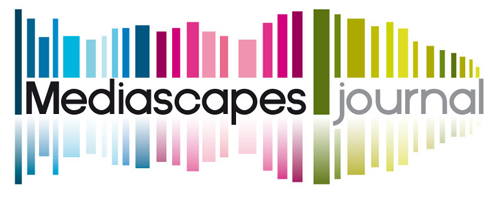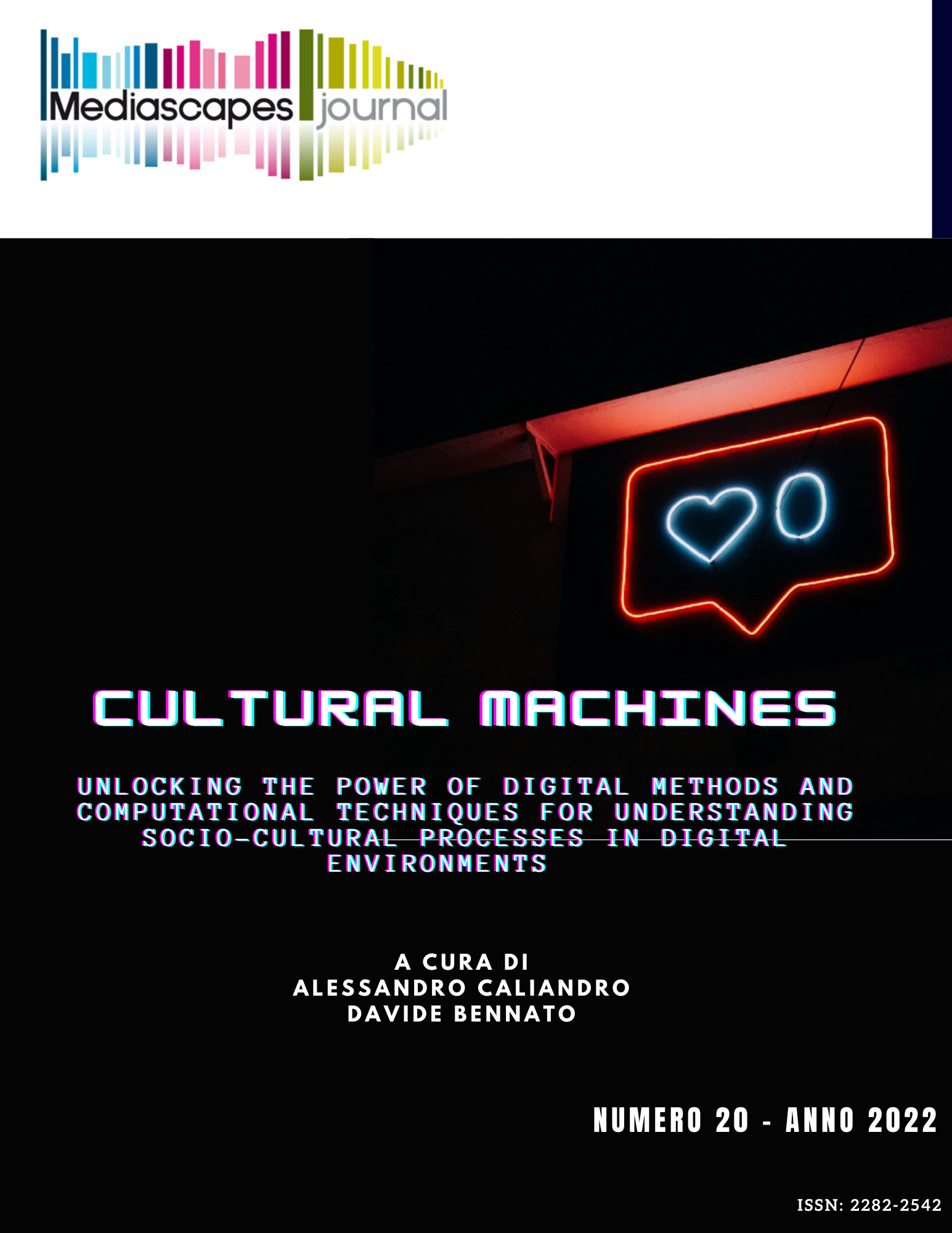The digital inclusion of vulnerable people in the community development process
Action research in Reggio Calabria in southern Italy
Keywords:
digital divide, media practices, mediatized community, edu-communication, digital inclusionAbstract
This paper presents the first results of a research action in progress in the Pellaro district of Reggio Calabria (South Italy). This action research aimed to activate a process of community development within a city district with both a large vulnerable population and a high density of organized crime employing a theoretical approach that refers to urban and media practices and the mediated construction of social reality (Blockland 2017; Couldry 2004; 2012; Couldry & Hepp, 2017; Stephansen & Trerè, 2020).
The activation of the community development process focused on the interweaving of deep mediatization and the daily life of people in the district (Hepp 2015; 2020). In particular, actions have been developed that have allowed the growth of social skills and digital/social skills among the most vulnerable people. In an edu-communication perspective (Barbas 2020), these people have been facilitated to become protagonists of the process of territorial and digital relational development also thanks to the use of participation and community platforms both of a commercial nature (e.g., Google Maps with some tweaks) and co-constructed by citizens and made easily accessible also to those who had fewer basic digital skills. Despite the presence of a high density of organized crime ('ndrangheta), no obstacles were impairing the development of digital/social relations, at least in this first phase of the work.
Three aspects will be examined with particular attention within the paper: a) the ability to develop dual relationships (social and digital) within a peripheral, marginal and vulnerable community context such as that of Southern Italy; b) the deep interweaving between traditional and mediated communities (Hepp 2020) even if these mostly consist of vulnerable people; c) the potential of the digital media to meet specific needs of the population (Couldry 2012) ensures its realization with the most vulnerable part of the population only if the latter is made the protagonist of its actions through voice processes (Couldry 2010) and bottom-up empowerment and edu-communication (Freire 1970; Barbas 2020).
Downloads
Published
How to Cite
Issue
Section
License

This work is licensed under a Creative Commons Attribution 4.0 International License.
Mediascapes Journal is published under a Creative Commons Attribution Licence 4.0.
With the licence CC-BY, authors retain the copyright, allowing anyone to download, reuse, re-print, modify, distribute and/or copy their contribution. The work must be properly attributed to its author. It should be also mentioned that the work has been first published by the journal Anuac.
Having published these contributions for the first time, Mediascapes Journal will have the right to publish them integrally or partially as reprints or possibly as part of a thematic issue, in both digital and printed format.
It is not necessary to ask further permissions both to author or the journal.


